Clinker brick: features, types and use

Clinker brick is one of the most reliable and durable materials. Due to its high strength, it significantly surpasses the ceramic blocks we are used to. Increased technical and mechanical, custom and decorative parameters make this material optimal for facades.
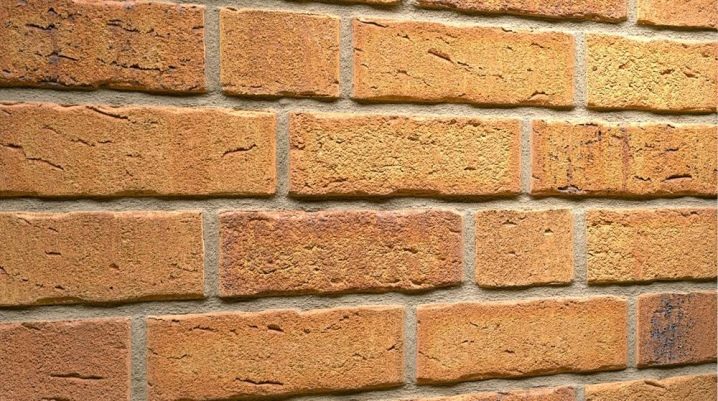
What it is?
Clinker blocks are a modern type of ceramic bricks, which are characterized by increased density due to special technology. This material got its name due to its characteristic ability to produce a rather sonorous sound when lightly struck by any metal object - translated from German "blade" means "pure ringing".
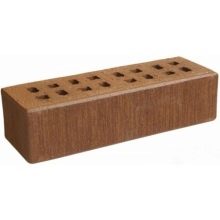
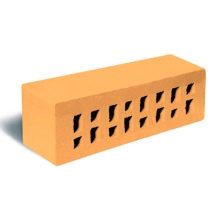
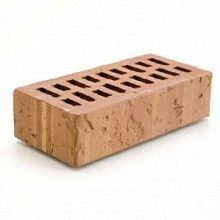
Due to their aesthetic appeal, unique texture and varied color palette, the products are used for cladding facades and interior finishing works. The raw material for the production of clinker is a special clay with unique physical and technical properties, it is fired at a temperature exceeding 1000 degrees to maximum sintering. During this treatment, a glassy mass forms on the surface, which makes the brick so attractive in appearance.
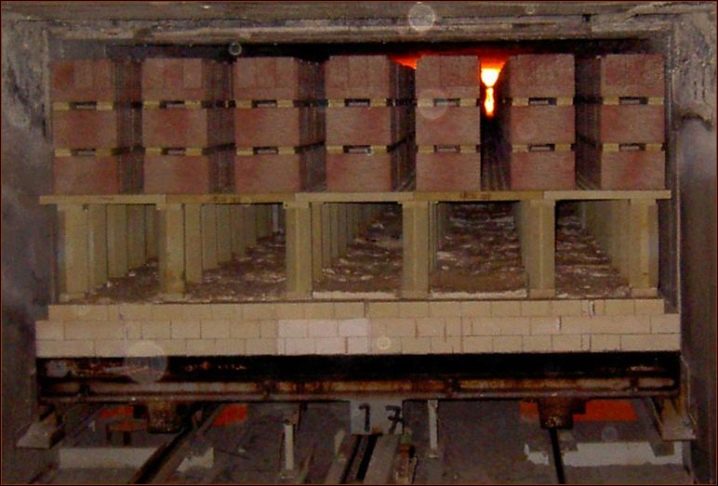
History has it that clinker blocks were first produced in the middle of the 18th century in the Netherlands. At that time, Europe was engulfed in a construction boom, which led to a shortage of building materials, as a result, engineers and technologists of that time were forced to look for new options for the production of blocks and bricks. For the first time, the product was used for paving roads, in external and physical features it looked more like a cobblestone, but at the same time it was much easier to install and much cheaper. All this led to the high popularity of the product in the construction of urban roads.
The beginning of the 19th century was marked by a sharp growth in the growth of the largest European cities. The existing quarries could not cope with the pace of construction and could not fully provide the cities with the required amount of materials for the construction of new buildings. This led to the need to search for a new material that, in terms of its operational parameters, would be very similar to natural natural stone, but at the same time it could be produced quickly, easily and in any volume. This led scientists to the idea of using clinker not only for roads, but also for the construction of houses.
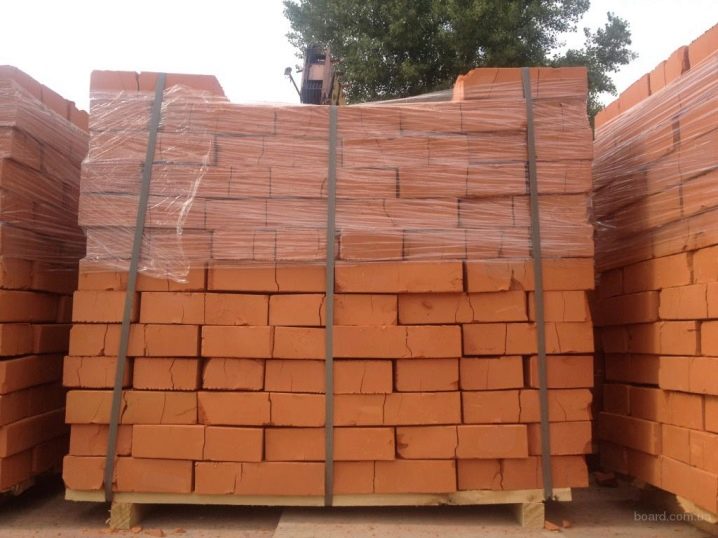
During this period, small artels began to emerge, which mastered the production of this material - over time, most of them became the largest corporations that received a world name. Many of them are still considered leaders in the segment of building materials production. So, let's see what a clinker brick is.
It is a building block that is characterized by increased strength, low water absorption and exceptional decorative effect. A set of such qualities makes it suitable for use in aggressive external environments for interior and facade decoration. Clinker brick is characterized by a regular shape and resembles a parallelepiped with a rough surface.The range of colors is quite wide - from straw shades to rich chocolate.

Due to the fact that at the manufacturing stage the material is exposed to temperatures up to 1400 degrees, the brick acquires an increased density, which is 1 ton per square centimeter. This brick is resistant to fungi, rot, mold and other microorganisms that can destroy the material itself and pose a threat to human life and health. The production of clinker bricks complies with the current regulations and building standards established in GOST 32311.

Specifications
The technical characteristics of clinker bricks are due to the peculiarities of its production. To begin with, you should know that for the manufacture of such products only a special type of clay is used, which is called "skinny". For this, mineral materials of magmatic origin are used. The mixture is fired in furnaces at temperatures from 1000 to 1400 degrees up to the stage of the glass phase - this is the difference between the clinker block from the usual one, which is fired at 600-800 degrees.

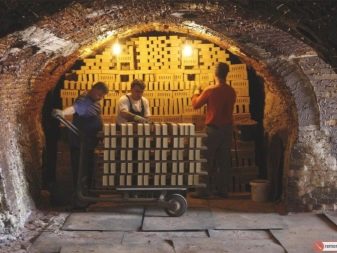
The unique production technology allows to achieve a high degree of strength, resistance to severe mechanical damage and prolonged abrasion to a degree that exceeds the corresponding parameter of even the highest quality concrete. As a result of exposure to high temperatures, the product acquires special hygroscopicity so that the water absorption coefficient is only 8%. For comparison, for ordinary red ceramic bricks, this parameter is in the range of 20-25%.
Let us dwell in a little more detail on the features of the production cycle for the manufacture of clinker bricks. For the formation of such blocks, clays with an overestimated content of aluminum oxide are used, the proportion of which is 20-25%. The presence of these components greatly reduces the viscosity of the raw material, thereby preventing deformation of the finished product during clay firing. If raw materials with a low content of oxides are used in production, then they are preliminarily enriched with kaolin.
The clay also contains iron oxide, the proportion of which reaches up to 8%, due to which the brick acquires a rather characteristic color. At the same time, the amount of these substances should not exceed the established norms, otherwise a solid layer will appear on the surface of the block, which will interfere with the release of carbon dioxide from the inside, which leads to the formation of irregularities, swellings and deformations.
The feedstock should also contain no more than 8% calcium. If the concentration of this component is overestimated, then the sintering time will decrease, and this, in turn, will lead to serious deformations of the finished product. In addition, the likelihood of the appearance of pores of internal cavities increases, which increases the rate of water absorption and reduces the service life of the brick. The concentration of magnesium oxide in the clay should remain at the level of 3-5%, if the proportion of the substance is higher, this can shrink the clay and distort the finished blocks.

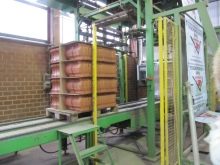
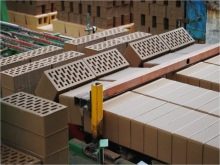
Clinker products are made by two main methods: extrusion or pressing. In the first case, all the prepared raw materials are mixed until a homogeneous mass is obtained and then sent straight to a special container called an extruder. Here the material is subjected to pressure, while through a special molding hole, the clay is squeezed onto the conveyor in the form of a rectangular strip with pronounced geometric parameters.
This volumetric strip, moving along the belt, is formed into separate blocks - this is how the so-called raw bricks are created, they are sent for drying, where the humidity drops to 2-3%, and then fired. The main advantage of this technology is the production of high quality bricks with pronounced geometric lines and dimensions.At the same time, such a production cycle requires high energy costs, which generally increases the cost of production.
Pressing allows you to get cheaper products, since it significantly reduces energy costs. The essence of the method is that the clay mass is dried, crushed to a powdery state, poured into special forms and subjected to high pressure and a press. The finished blocks then go to special chambers for finishing drying, where they are kept for about two days at a heating of 85 degrees. Only then are the bricks sent to the kilns for firing.
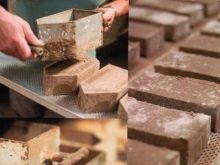
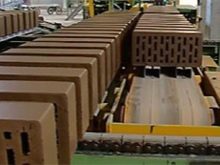
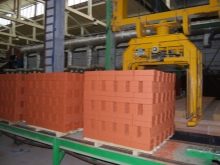
As a result of this technology, the clay is almost completely sintered, as a result, a rather strong clinker block with the necessary decorative properties is formed. The technology features make the product more durable. The main physical and technical properties of clinker bricks are:
- mechanical strength - 25 MPa;
- the degree of water absorption is less than 6%;
- material density - varies from 1600 to 2100 kg / sq. m;
- frost resistance - F 300;
- thermal conductivity - about 1.17 W / mS;
- compressive strength - from 250 to 350 kg / sq. cm;
- thermal conductivity - 1.15 V / Mk;
- service life - up to 150 years.
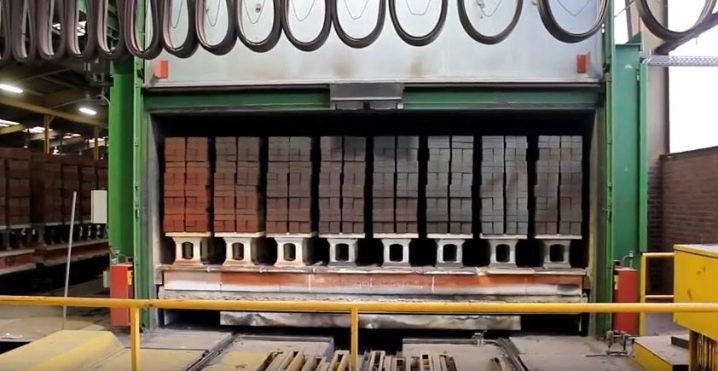
Of course, for an ordinary consumer, these parameters will say little, but for a professional they are very important.
Advantages and disadvantages
Increased resistance to prolonged frost and reduced water absorption - all this determines the main advantage of clinker bricks, which is the duration of use. Let's dwell on these and other advantages of the material in a little more detail.

Strength
Unlike traditional ceramics, the clinker block has a much higher flexural strength, as well as compression and abrasion. The strength grade of the material corresponds to M300, due to which the products retain their original appearance for many decades.

Low water absorption coefficient
Getting inside any building material, moisture has the most adverse effect on it, destroying the structure from the inside. Obviously, the less water gets inside the structure, the more durable and reliable this material will be. Among all types of bricks, it is clinker that has a minimum water absorption, which on average is 3-6%, so even prolonged contact with an aqueous medium will not lead to destruction and deformation of the blocks.
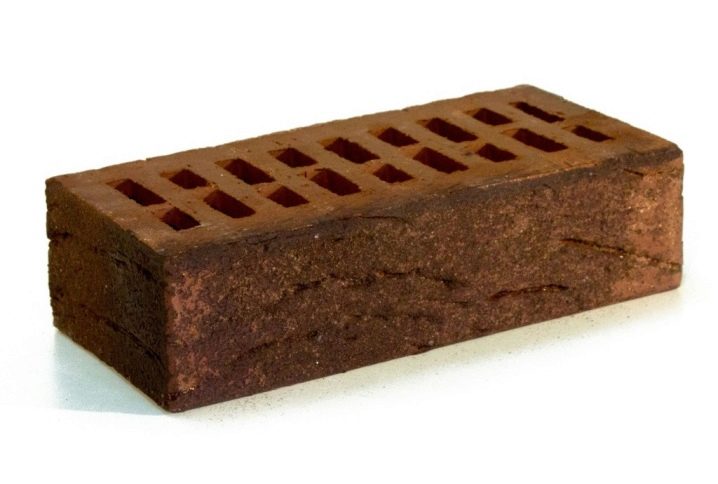
Frost resistance
The clinker can withstand up to 200 freeze and thaw cycles, the material does not deteriorate even at extremely low temperatures, therefore it can be used in the northernmost regions of our country.
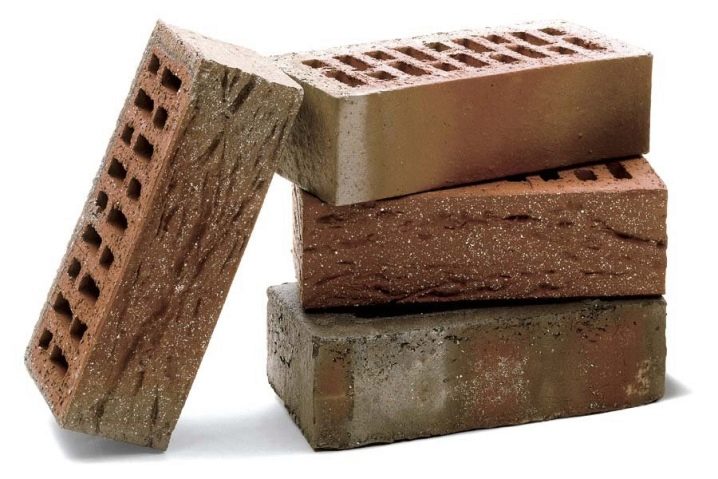
Wear resistance
Clinker blocks do not lose their physical and technical properties when exposed to salts, alkalis, and acids. They also remain unchanged under UV radiation.
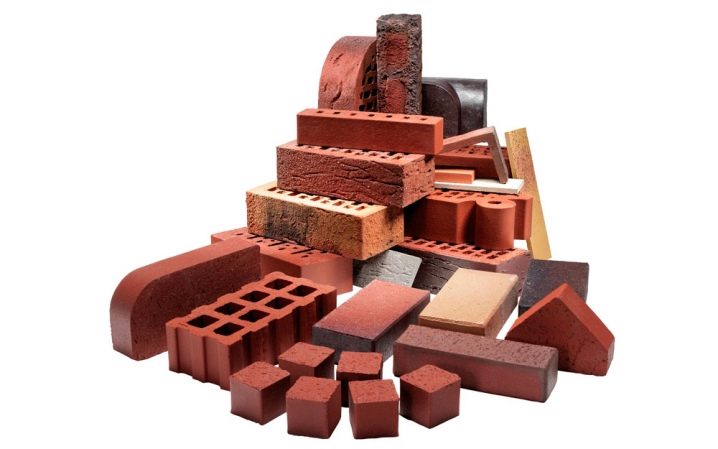
Color palette
Clinker bricks are available in a wide range of colors to suit even the most demanding homeowners. In the course of production, the raw materials go through the stages of shotcrete and rustication, due to which they receive exclusive textures.

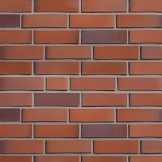
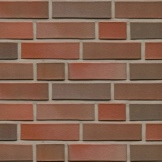
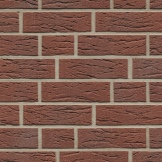
Environmental friendliness
Clinker products are made only from natural materials, even unique shades are achieved by mixing different types of clay. Therefore, finished products meet all environmental safety requirements, do not emit toxic substances and do not contain radiation.
Let's see what other problems the use of clinker bricks can solve during construction. Surely many have noticed that the facades of even new buildings are quite often covered with an ugly white bloom (efflorescence). This phenomenon is due to the fact that salts and sulfates present in the clay begin to come out over time. Such behavior is completely unusual for Klinker, although the source material, like any other, contains all these components.However, during processing, they simply do not remain: sulfates and salts, under the influence of temperatures of 1400 degrees, are fully sintered and begin to participate in the melt.
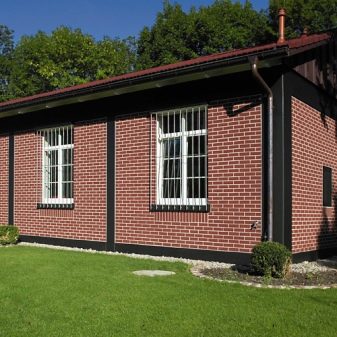
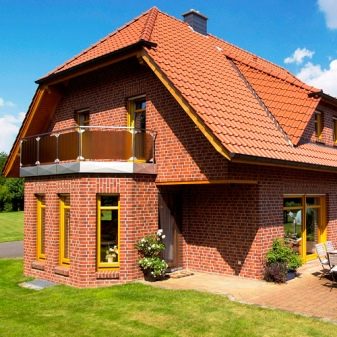
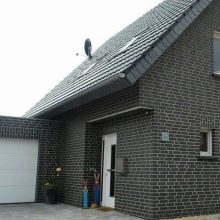

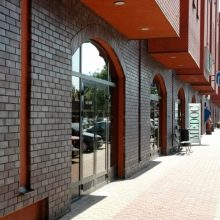
Another problem of facing blocks is "shots", they are associated with the presence of calcium and magnesium salts in the structure of clay raw materials. These substances, much earlier than all other components of raw materials, pass into a melted state and begin to work as solvents for all other components. There is only one small "but" - perhaps this is only when heated to more than 1000 degrees, and these are the conditions in which clinker bricks are fired.
In the production of conventional products, a lower temperature regime is used, therefore, the oxides remain completely in the blocks, as they come into contact with water, they begin to increase in volume, leading to the appearance of surface defects. People also call them dutik or shots. Everything would be fine if these phenomena only worsened the appearance, but they lead to the formation of cracks - and this significantly reduces the service life of the structure as a whole.
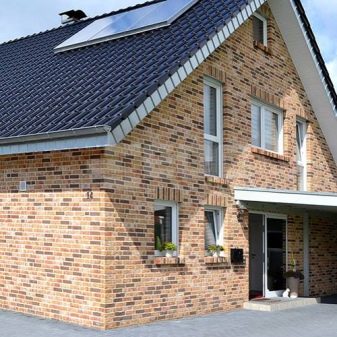
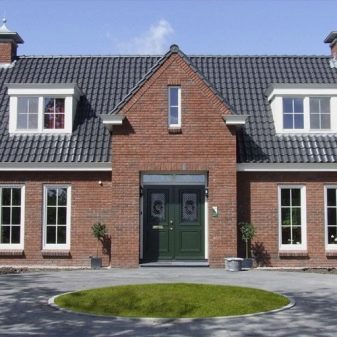
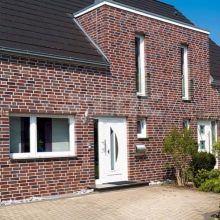
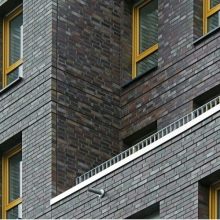
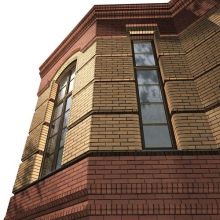
Such exceptional qualities led to the rather high cost of clinker bricks, which can be called the main disadvantage of the blocks. Not every Russian can buy clinker. In addition, clinker requires the use of special bonding compounds; traditional cement and lime mixtures are unsuitable here. Well, one more disadvantage is that the shade may differ in different batches, so when buying building material, try to purchase everything from one issue, for this you need to know exactly in advance how many bricks you need.
Views
The clinker material options presented today explain the features of the use of all types of such products.
- Facade tiles - This is a separate subspecies of small-piece facing material, which is used as facing material for various interior works in rooms of all types.

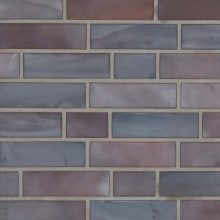
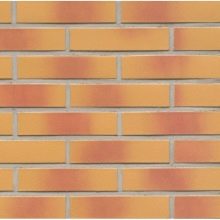
- Technical clinker found wide application for the design of garden paths, as well as sidewalks, areas both outdoors and indoors. A separate type of such material is paving clinker - it has the same direction of use, but differs in a higher cost.
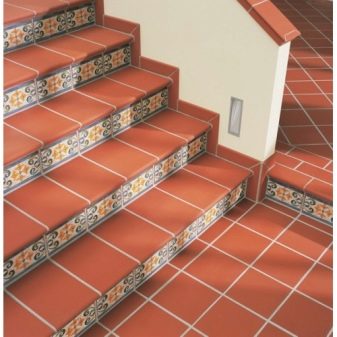
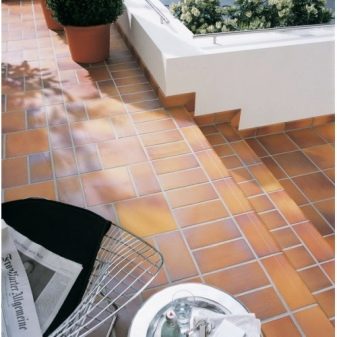
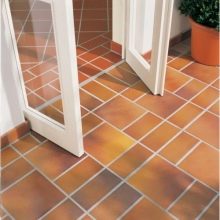
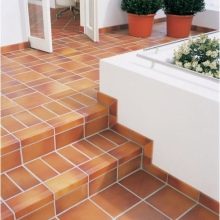
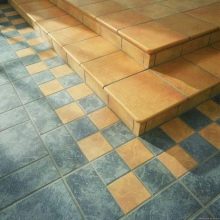
- Waterproof clinker - this product is commonly purchased for the construction of hydraulic structures that are operated in high humidity conditions.
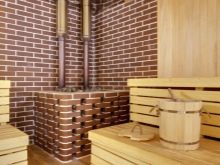
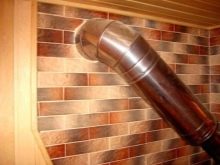

Specialized clinker makes it possible to produce interior and exterior surfaces with a variety of shapes. Products, as a rule, belong to the category of small-piece, therefore, they can form various corner elements of decorative surfaces.
It should be noted that the manufacture of all types of clinker (in addition to the facade) is not standardized in any way by law, therefore, it is carried out in full accordance with the technical specifications of a particular manufacturer. Clinker blocks are produced in a variety of formats - from classic to non-traditional, this feature allows you to implement any design ideas.

Standard sizes are:
- base brick - 24x11.5x7.1cm;
- single - 25x12x6.5 cm;
- euro - 25x8.5x6.5 cm;
- half - 25x6.2x6.5 cm.
For non-standard forms, deviations from the indicated indicators are allowed. The weight of the bricks ranges from 1.6 to 3.3 kg. Clinker blocks can be hollow and full-bodied, and depending on the production technology, bricks are distinguished, obtained by the method of hand molding and conveyor bricks.
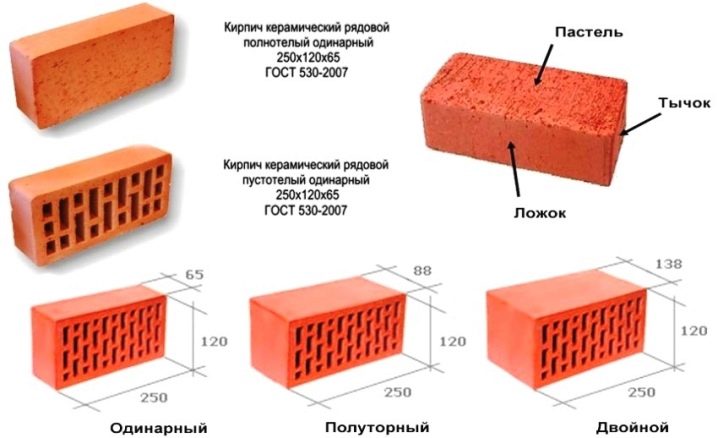
Design
When choosing facing materials, the color scale and texture of the brick is quite important. A building, especially if it is a residential building, should not only be strong and durable, but also attractive.That is why the owners of cottages and private houses quite often purchase clinker blocks, which allow you to choose the necessary colors and shades so that the house becomes truly exclusive.
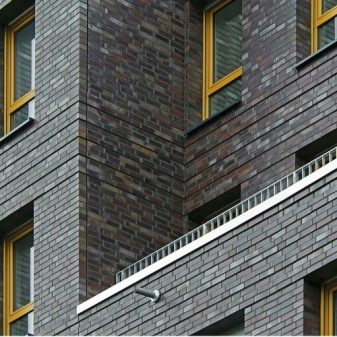
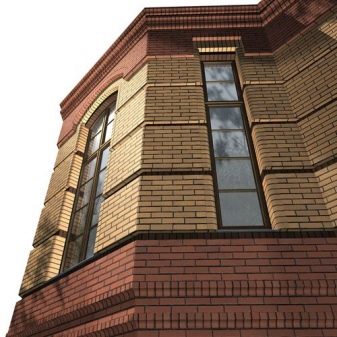
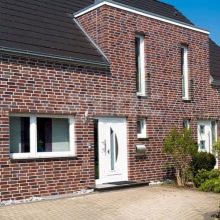
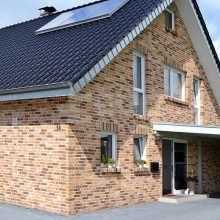

It is possible to list all the tones in which these products are produced for a very long time, the color palette has several dozen shades, including white, straw, yellow, brown, gray, chocolate, red, brown, terracotta, purple, blue, black and many others. Bricks can be combined with each other, creating an interesting mix of different colors and shades, and some manufacturers even produce bricks with smooth transitions, for example, from red to purple.
Textures can also be very diverse - smooth, chipped, grooved, sprinkled, "like a stone" and so on. Quite popular are bricks made "antique" - that is, artificially aged. It is noteworthy that in order to achieve such effects, the surface of the block is not covered with anything. All shades are obtained by combining several types of clays and exposure to different temperature conditions during firing.
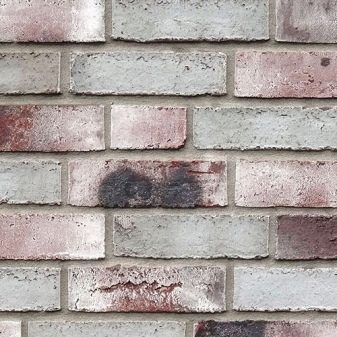
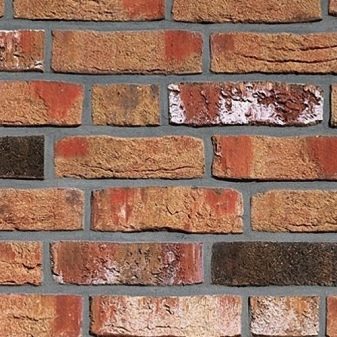
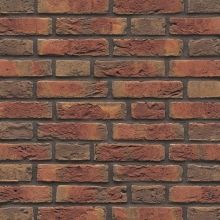

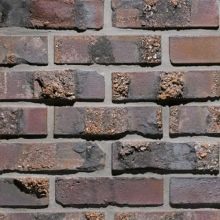
Scope of application
Clinker bricks are widely used for cladding the facades of buildings and structures for various purposes - from large retail and office complexes to small private houses. In recent years, fences and fences in the private sector have been widely erected from these blocks, in addition, the material is suitable for arranging basements and basements, it is indispensable for interior decoration. Let's take a closer look at the most popular clinker applications.

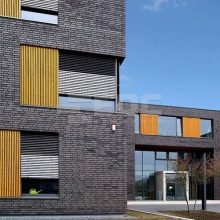

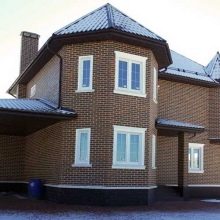
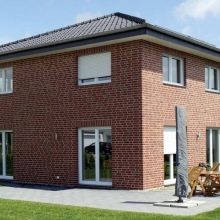
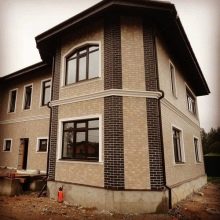
Facade
Modern building technologies increasingly involve the construction of three-layer walls, which consist of a basic brick, a layer of insulation and clinker cladding. Such a design fully meets all the requirements for the construction of residential buildings, while such a building looks very impressive and stylish. Such a facade is resistant to various mechanical damage and adverse natural influences, and the reduced water absorption protects the walls from destruction, the growth of fungus and mold, which is dangerous to health. It is noteworthy that the cladding made of such a material can be easily disassembled, so if necessary, you can easily and simply replace the thermal insulation coating.

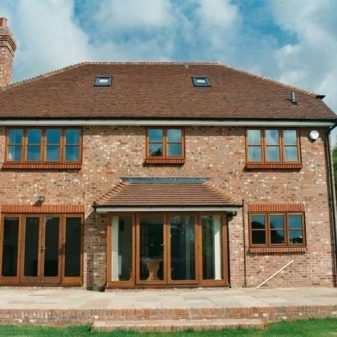
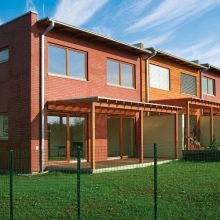
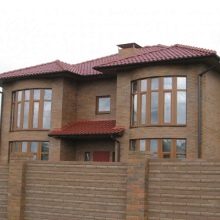
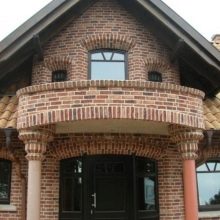
Walls
Clinker blocks are often recommended for wall construction, thus, the structure becomes more solid, strong and very durable. In this case, the ceilings consist of two layers - the masonry of ordinary ceramic or silicate bricks and the masonry of the facade clinker. In this case, both walls are fixed to each other using stainless steel or galvanized steel anchors.
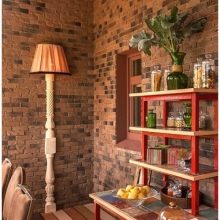

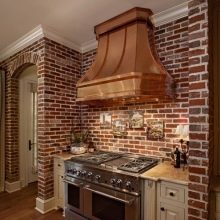
Other use cases
In addition to cladding facades and wall construction, the clinker product can be used to implement a wide variety of architectural and design ideas. The clinker is used for the construction of outdoor barbecues, barbecues, as well as ovens, columns and fences. Particularly popular was the material for the arrangement of sidewalks, paths and curbs. Thanks to its rich color scheme, it fits perfectly into the landscape design and creates quite stylish accents in the arrangement of adjoining territories, city parks and squares.

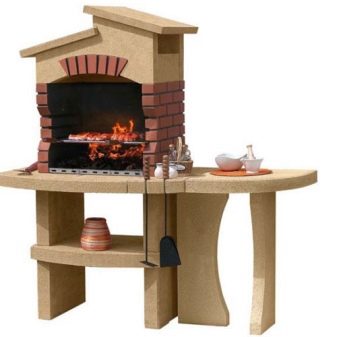

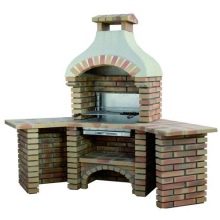
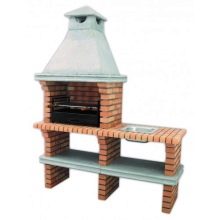
Styling
Installation of clinker blocks must be carried out in compliance with technological requirements. The first layer is usually laid out without using a special solution. This is necessary in order to get an even and clear marking of the vertical seams. As a rule, their width is about 1 cm.After all the markings are completely applied to the facade, the first horizontal seam will also become noticeable, the width of which is about 1.5-2.5 cm.The brick is laid out in whole layers, taking into account their average heights.

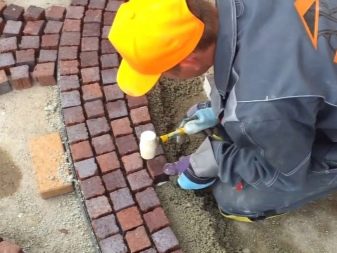
When forming ventilation holes in the wall, it is necessary to create conditions for free air movement in the lower part of such masonry. To do this, leave one vertical seam unfilled every four rows. When creating each subsequent layer of mortar, you need to look so that it does not fill the free air space, for this it is pressed with a trowel to the blocks with force. All subsequent layers must be laid out to the middle of each layer. When the laying is finished, it is necessary to scrape the mortar out of the seams into a depression of about 1.5-2 cm, for this they usually use a trowel.
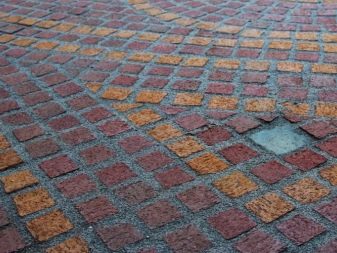
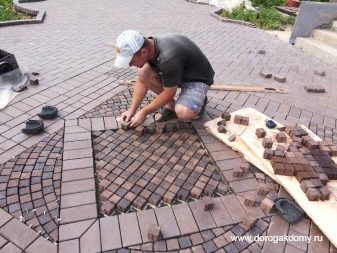
Manufacturers
Clinker bricks are supplied to our country from China, Germany, Holland, Poland and Spain, although recently some Russian manufacturers have mastered the production of such blocks. As a rule, exclusive products can only be purchased on order, but budget options are available at any hardware store in every city in Russia.
- CRH Is one of the world leaders in the brick production segment. The brand has been on the market for over 40 years and brings together a large number of manufacturing enterprises located in various countries under its wing.
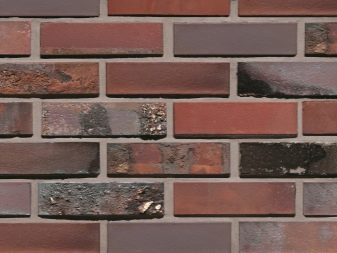
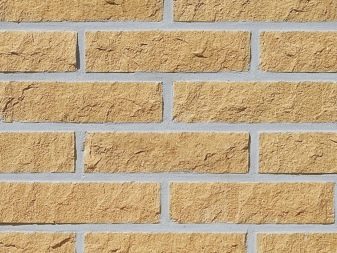

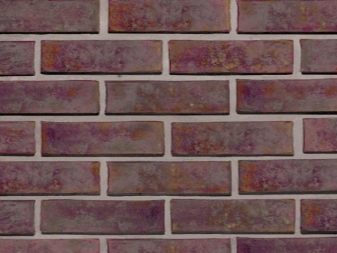
- ADW Klinker - this concern has been selling its products on the territory of our country for about 10 years and all this time has been tirelessly expanding its assortment portfolio. A distinctive feature of the products of this brand is a bold color scheme, which is achieved due to the characteristics of the raw materials used. The fact is that only white clay and mineral multicomponent additives are used in the production, thanks to which almost any desired shade can be obtained.
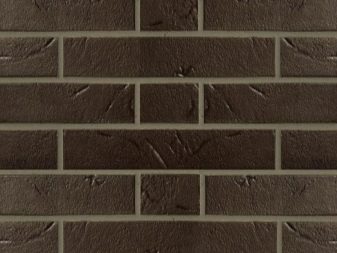
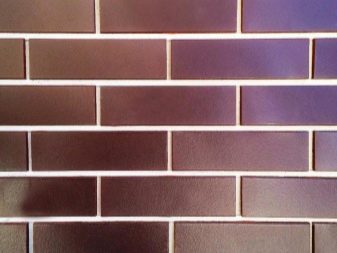

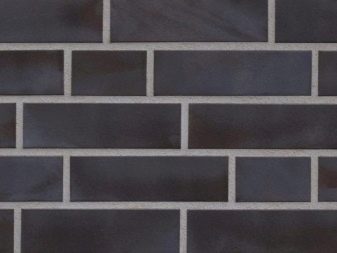
- ADW Klinker - this brand has been rapidly gaining popularity in recent years due to its truly German quality. Products from this manufacturer can be used in areas with the most severe winters, keeping all the operational features in full.
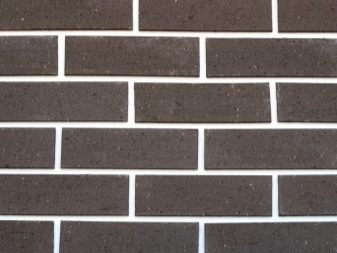
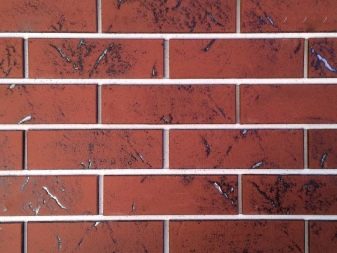
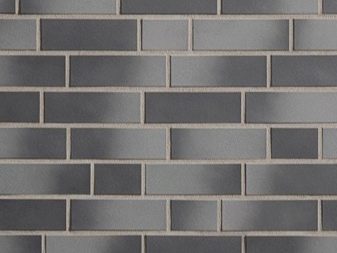
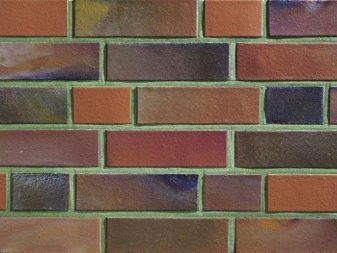
- Daas baksteen Is a Dutch company with more than a century of history. The brick of this nonsense is characterized by brightness of shades and picturesque colors. Products are designed as paint streaks or brush strokes.
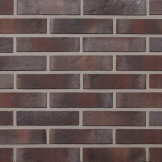
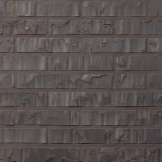
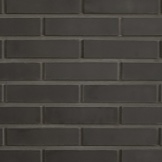
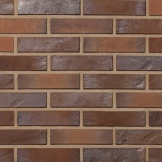
- Rauf company Is, perhaps, the only well-known domestic manufacturer of clinker bricks. Unfortunately, our production of this type of building materials is not yet as developed as in Europe, but Russian manufacturers also have something to offer the consumer. Domestic bricks of this brand meet all European standards, however, the price for them is much lower and more affordable, since the cost does not include customs duties, transportation costs and other significant cost items.
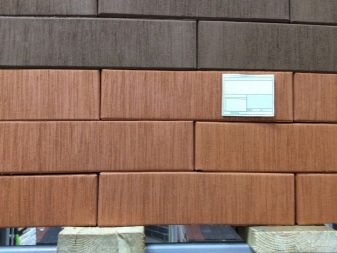
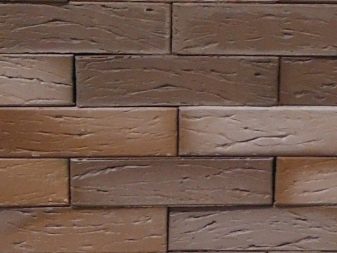

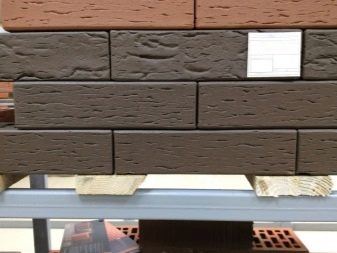
- According to the reviews of our compatriots, the Russian company "LSR" has also proven itself quite well.
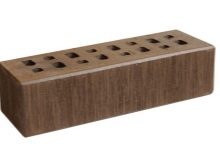
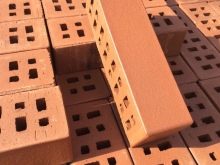
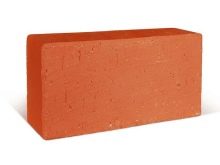
Beautiful examples in the interior
Some people think that brick has no place in the interior decoration of the interior, believing that it is a rather "uncomfortable" material - as if we are on the street and not at home. At the same time, many will argue that this is the main advantage of clinker. Because the contact of cold stone, warm cozy carpet with soft furnishings and flowing curtains creates a real high style.
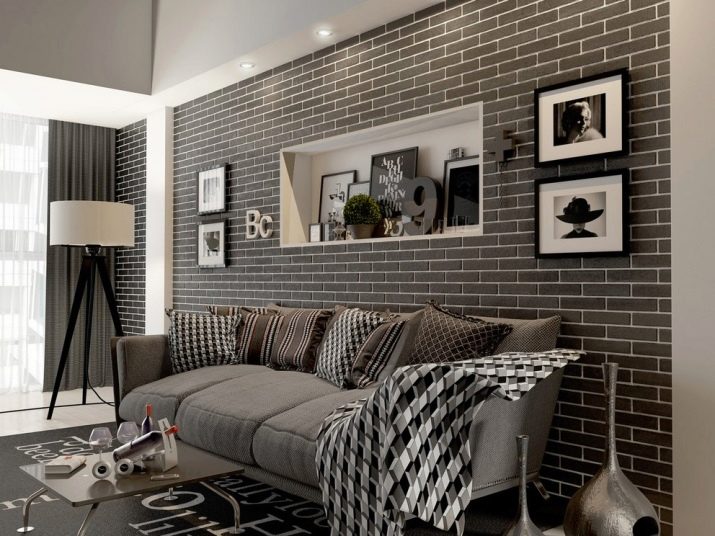
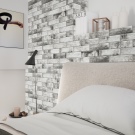
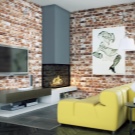
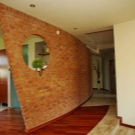
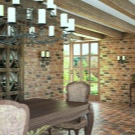
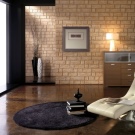
What is clinker brick, you will learn from the video below.













The comment was sent successfully.